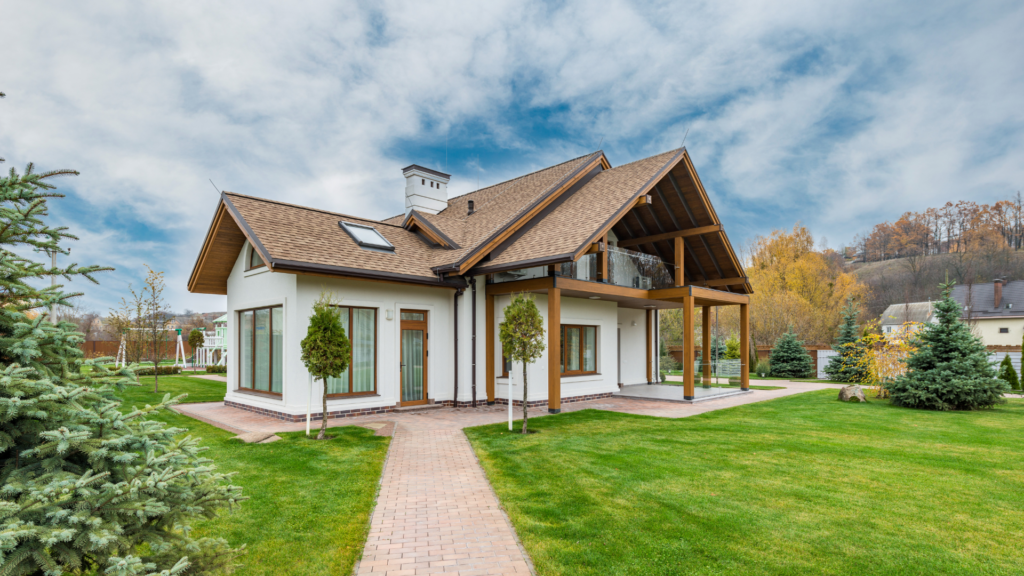Call us now:
The increasing urbanization rate has led to a rapid rise in land prices in recent times. Along with this, the issue of land disputes without red books in Nha Trang, Vietnam, is becoming more common.

What is a land dispute without a red book?
A land dispute without a red book refers to a dispute over the rights and obligations of land users involving two or more parties within a land relationship where the disputed land has not been granted a Certificate of Land Use Rights, Ownership of Houses and Other Assets Attached to Land, or equivalent valid documents.
Common land disputes in practice often revolve around determining who has the right to use the land, reclaiming land use rights, assets attached to the land, or disputes regarding the boundaries between adjacent land parcels.
Land disputes related to the transfer of land use rights, inheritance of property, or disputes over shared marital property do not fall under the category of land disputes without a red book as described in this article.
The competent authorities to resolve land disputes without a red book in Nha Trang, Vietnam
For land that has not been granted a Certificate of Land Use Rights (red book) or does not have any of the documents confirming land use rights as prescribed by the Land Law, in case of disputes, the parties involved can choose one of the following two forms of resolution as follows:
1/ Resolve land disputes at the competent People’s Committee. In the case of land disputes between individuals or households, the competent authority to resolve the dispute is the Chairman of the district-level People’s Committee where the land is located. After the Chairman of the district-level People’s Committee resolves the dispute, if one of the disputing parties does not agree, they can file a complaint with the Chairman of the provincial-level People’s Committee or initiate legal proceedings at the provincial-level People’s Court following administrative litigation procedures.
2/ Initiate legal proceedings at the district-level People’s Court where the land is located under civil litigation procedures. After obtaining a judgment or decision from the district-level People’s Court, if one of the disputing parties disagrees, they have the right to appeal the judgment or decision to the provincial-level People’s Court.
The reconciliation procedure at the commune-level People’s Committee in Nha Trang, Vietnam
Before submitting a request for dispute resolution to the competent district-level People’s Committee or People’s Court, individuals or households involved in a dispute over land must first submit a request for land dispute mediation to the commune-level People’s Committee where the land is located. In cases where the disputing parties submit a request for dispute resolution to the district-level People’s Committee or the competent People’s Court without going through the mediation procedure at the commune-level People’s Committee, the request for dispute resolution will not be accepted for processing.
1/ Submitting a request for land dispute mediation:
One of the disputing parties submits a request for land dispute mediation to the commune-level People’s Committee where the land is located, along with documents proving their land use rights (origin, usage history, current status of the disputed land).
2/ After receiving the request, the commune-level People’s Committee performs the following tasks:
– Verify the reasons for the dispute and collect relevant documents and evidence provided by the parties involved.
– Establish a Mediation Council composed of:
- The Chairman or Vice Chairman of the commune-level People’s Committee as the Chairman of the Mediation Council.
- A representative from the Commune-level Patriotic Front.
- The head of the neighborhood or village.
- A reputable person within the community or locality.
- A person with legal expertise or social knowledge.
- Village elders, religious figures, or individuals familiar with the case details.
- Representatives of long-term resident households in the area with knowledge of the origin and usage history of the land.
- Commune-level land administration officials.
- Commune-level judiciary officials.
- Representatives from Women’s Union, Farmers’ Union, Veterans’ Association, Youth Union, etc., if necessary for the mediation process.
– The Mediation Council organizes a mediation meeting, inviting the disputing parties and individuals with relevant rights and obligations to participate. If any of the disputing parties are invited for a second time but still do not attend, the Mediation Council will document the unsuccessful mediation attempt.
3/ The Mediation Council prepares a mediation result report:
The Mediation Council prepares a report on the results of land dispute mediation, which includes the following information:
– Date, time, and location.
– Participants.
– A summary of the dispute based on the Mediation Council’s verification results.
– The Mediation Council’s opinions on the dispute.
– Agreements and disagreements reached by the disputing parties.
– Signatures of Mediation Council members and the disputing parties.

4/ Handling cases where mediation is unsuccessful:
If mediation is not successful or if, after mediation, one of the disputing parties changes their opinion, leading to a change in the mediation result, the commune-level People’s Committee prepares a report on the unsuccessful mediation. This report serves as the basis for the disputing parties to submit a request for dispute resolution to the competent People’s Committee or the People’s Court, depending on their choice.
The procedure for resolving land disputes at the district-level People’s Committee in Nha Trang, Vietnam
1/ One of the disputing parties submits a dossier requesting dispute resolution, which includes the following documents:
– A request for dispute resolution.
– Minutes of unsuccessful mediation by the commune-level People’s Committee.
– Documents proving their land use rights (origin, usage history, current status of the disputed land).
2/ The procedure for resolving land disputes at the district-level People’s Committee is as follows:
– In cases where the dossier is incomplete or invalid, the receiving authority must notify and guide the applicant to complete the dossier according to regulations.
– In cases where the dossier is complete and valid, the receiving authority proceeds to handle the dispute.
– The advisory agency of the People’s Committee conducts an investigation of the case and organizes meetings to resolve the dispute.
– Based on the results of the investigation and the recommendations of the advisory agency, the Chairman of the People’s Committee issues a decision to resolve the dispute and sends it to the involved parties.
The procedure for resolving land disputes at the People’s Court in Nha Trang, Vietnam
After unsuccessful mediation of a land dispute at the commune-level People’s Committee, one of the disputing parties has the right to file a lawsuit at the competent People’s Court following civil litigation procedures.
1/ The lawsuit dossier includes:
– Lawsuit petition (in the prescribed form).
– Copies of ID cards or Citizen Identification Cards (CCCD) and household registration books of the plaintiff and defendant.
– A copy of the minutes of unsuccessful mediation at the commune-level People’s Committee where the disputed land is located.
– Copies of documents and evidence, including documents proving the land’s origin, usage history, and current status of land use.
2/ Where to submit the dossier:
The competent People’s Court for resolving the dispute is the district-level People’s Court where the disputed land is located.
Contact Us Now:
DCNH LAW
Address: 38B Tran Nhat Duat, Phuoc Hoa ward, Nha Trang city, Khanh Hoa province, Vietnam.
Phone: (+84) 343320223 – 974278893
Email: dcnh.law@gmail.com




